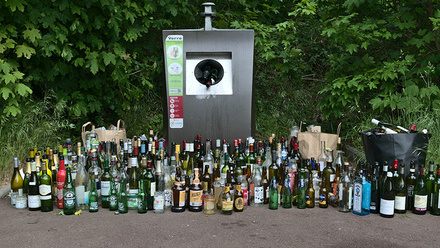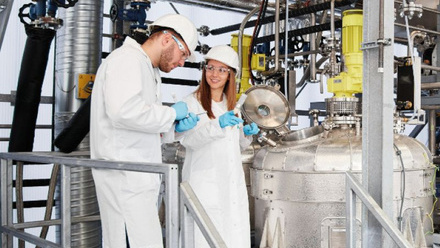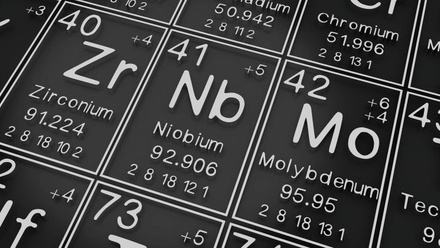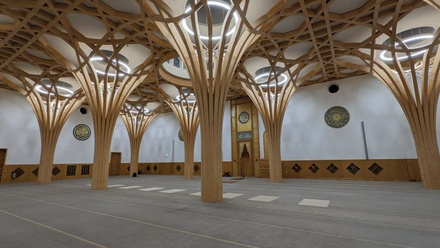Coating could dim satellite brightness
Satellite brightness hinders ground-based astronomical research.
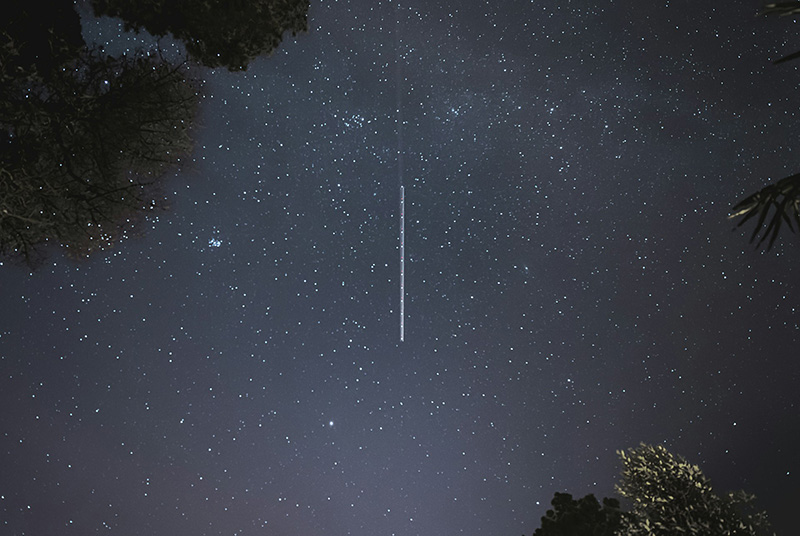
With more than 8,000 Low Earth Orbit (LEO) satellites already orbiting Earth and projections estimating a rise to 60,000 by 2030, the issue of light reflecting from satellites back to Earth is pressing for astronomers and star gazers.
In an attempt to reduce the impact, satellite operators have begun experimenting with mitigation strategies including dark coatings and changes to satellite position.
Surrey NanoSystems, known for ultra-black technologies, has developed Vantablack 310, a handleable, customer-applied coating, resistant to the challenging LEO environment.
The technology will be trialled on Jovian 1, the first satellite mission from JUPITER – the Joint Universities Programme for In-Orbit Training, Education and Research.
The mission, scheduled to launch in 2026, will carry payloads from the Universities of Surrey, Portsmouth and Southampton, AMSAT-UK.
One side of the shoebox-sized CubeSat will be coated with Vantablack 310, marking the first UK-led initiative to explore solutions for reducing satellite brightness.
Researchers from the University of Surrey are also developing ways to evaluate the value of the hull-darkening solution from Earth.
Surrey NanoSystems spun out from the University of Surrey in 2006.
The original Vantablack coating was lauded as the darkest material ever created, absorbing 99.965% of UV-IR.


